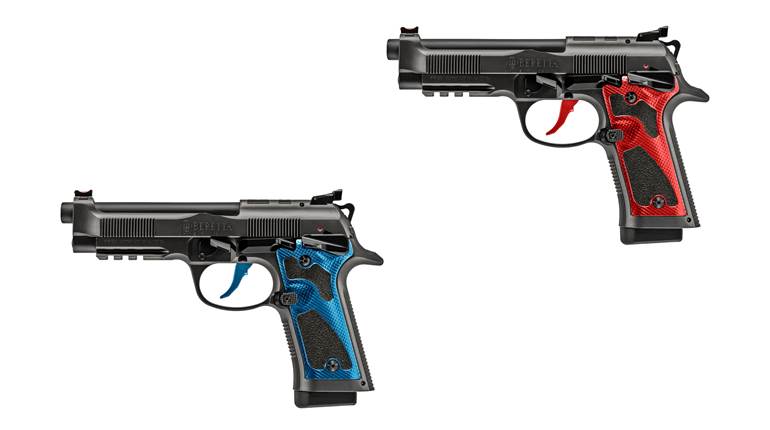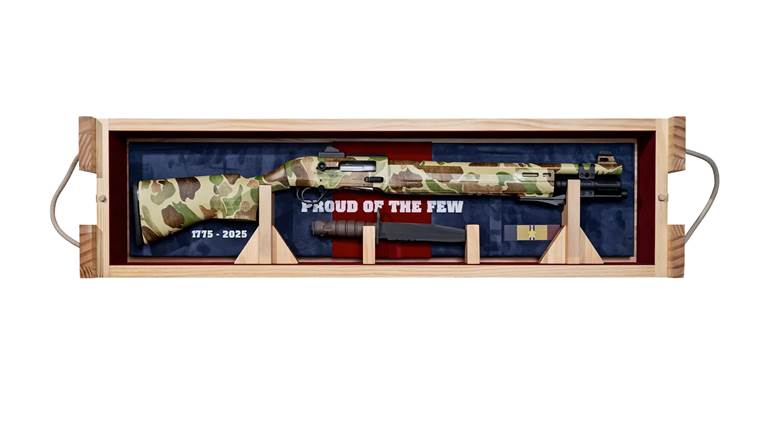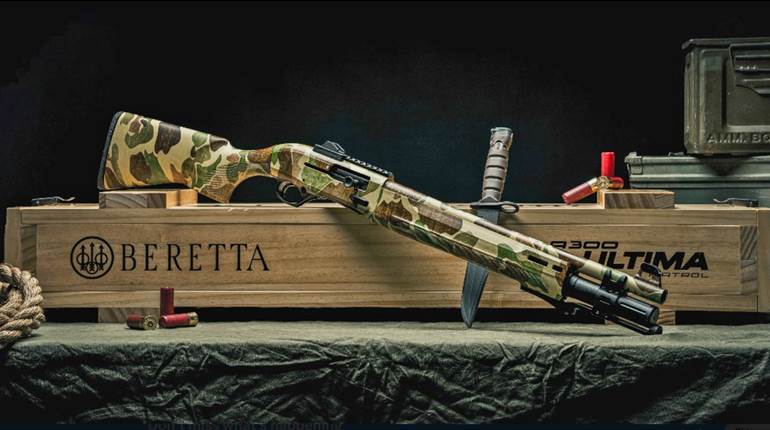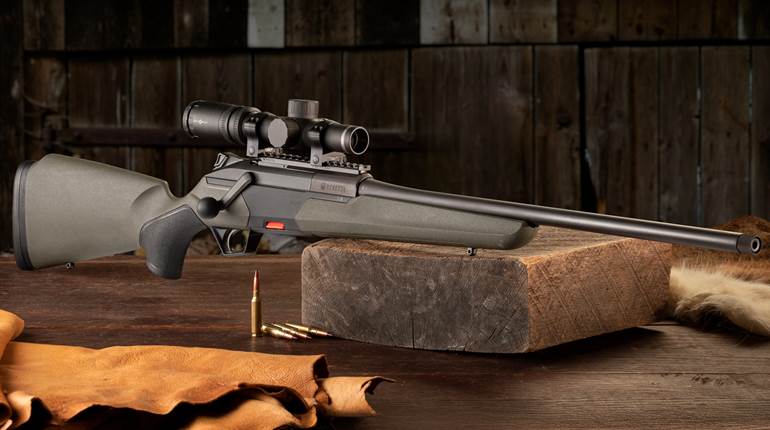
In the world of handguns, Beretta is best known as the carry gun of Martin Riggs in "Lethal Weapon" and for replacing the M1911A1 as the U.S. military's service pistol. However, Beretta also produces many handgun models for a variety of purposes including concealed carry. One of Beretta's more recent offerings is the Px4 Storm series of semi-auto handguns.
With its covered barrel and polymer frame, the Px4 Storm doesn't resemble a Beretta at first look. But a closer examination shows some similarities. The Storm's controls mimic those of the 92FS, which should make transitioning to the Storm quite easy for those familiar with military's standard issue pistol or its civilian counterpart.
The Storm is available in three calibers and four models, from a Special Duty model designed around the needs of Special Forces operators to a subcompact in 9 mm or .40 S&W that is easily hidden for concealed carry. The models are similar in appearance, but while the full-size and compact models feature a new proprietary rotating barrel breech to provide lockup, the subcompact uses the more standard delayed locking system familiar to most pistol shooters.
The polymer frame on the Px4 Storm subcompact is dull black with aggressive checkering on both the front and back straps, as well as recesses on both sides for lining up the trigger finger outside the guard. The grip feels good for a handgun of its size, and with its replaceable backstraps, the Storm can be adapted to fit most hands quite well.
Beretta even took an interesting approach to overcome the length-of-grip problem of most subcompact pistols, which requires shooters to loop the pinky finger under the magazine. One of the two 13-round magazines included with the Storm has a spring-operated lever—Beretta calls this the "GripSnap"—on the front at the bottom that drops down about 1/3 of an inch to provide additional length. The GripSnap works seamlessly, releasing as the hand tightens around the handle.
The black metal slide has serrations along the front and rear, and controls that are well known to Beretta users: The slide release is located on the left side just above where the thumb rests, and an ambidextrous safety is located below the rear sights. Both the front and rear sights are dovetailed and feature white dots for visibility in low-light situations. The Storm subcompact also has a small accessory rail for attaching lights or lasers. While this is probably unnecessary for a handgun with its purpose, having this option is good for those wanting only one gun for both concealed carry and home defense.
Breakdown is just as simple as with the 92FS, and very similar. After ensuring the gun is unloaded, simply lock back the slide and rotate the takedown lever, pulling it away from the frame until you hear it click. (Beretta recommends never fully removing the takedown lever, but I didn't have any problems when I pulled it too far.) Then, release the slide lock and pull the slide forward off of the gun. Remove the recoil spring assembly and tilt the barrel using the cam lug to pull the barrel away from the slide. Reassembly is performed in reverse order.
While the 3-inch, stainless-steel barrel is short, accuracy was above average for self-defense, with groups averaging 3 to 4 inches when shooting five consecutive, five-shot groups at 25 yards from a rest using both Winchester PDX1 124-grain loads and Federal American Eagle 115-grain full metal jacket loads. Overall, the heavier self-defense loads performed a little better, which is good since this gun is all about self-defense.
In addition to accuracy testing at 25 yards, I shot the Px4 Storm subcompact at a variety of ranges and scenarios to truly determine the gun's real-world accuracy and use. At self-defense range, the accuracy was adequate with groups averaging around the size of a half dollar, but when I stepped back to shoot at 25 yards standing, the holes spread out significantly, though all rounds stayed in the 10-ring. During controlled pairs and two-shot hammer drills, rounds landed in center-of-mass even though the double-action trigger pull decreased the accuracy of the first shot. But firing sequential rounds in single-action put bullets right in the sweet spot even in rapid strings. In both double- and single-action, the trigger had some play before it engaged, with almost an 1/8-inch movement in the trigger during single-action engagement.
Even though the trigger was only adequate with a 12-pound double-action pull and a 5-pound single-action pull, and significant play, the GripSnap made a real difference in both handling and felt recoil, making the Storm subcompact a real joy to shoot. It took a small squeeze of the handle to get the GripSnap to drop into place, but once down, it provided ample room for my whole hand to fit, though shooters with exceptionally large hands will still have issues.
I really liked carrying and training with the Storm subcompact. It's light enough for all-day carry, small enough to easily conceal and powerful enough in either 9 mm or .40 S&W for confidence. I also liked carrying a handgun that was made in Beretta's Maryland plant, though the other models are made overseas. The Beretta Px4 Storm subcompact shows that "Made in America" still means something in the gun world.
Specs:
Manufacturer: Beretta USA; Beretta.com
Caliber: 9 mm (tested), .40 S&W
Action: semi-auto
Frame: polymer
Slide: composite steel
Barrel: stainless steel
Rifling: 1:15.9" RH twist
Magazine: 13 (10-round available)
Sights: three-dot; white
Trigger Pull: 12 lbs. double-action; 5 lbs. single-action
Overall Length: 6.2"
Height: 4.8"
Width: 1.4"
Weight: 26.1 ozs.
Accessories: two replaceable backstraps, lock, spare magazine, manual
Suggested Retail Price: $550





































